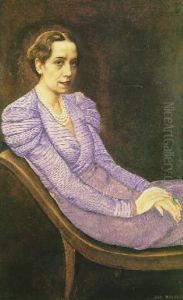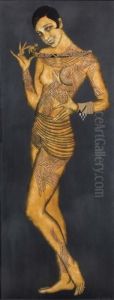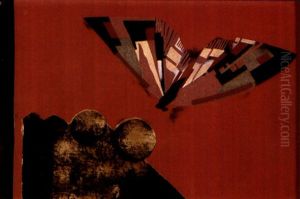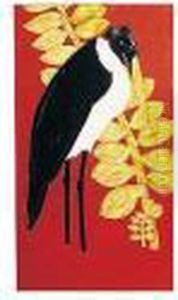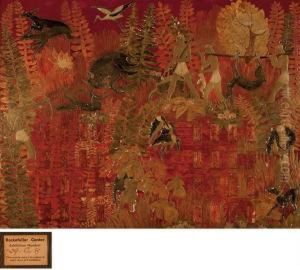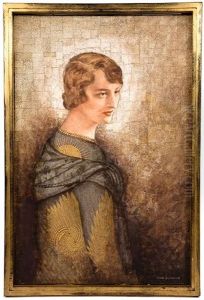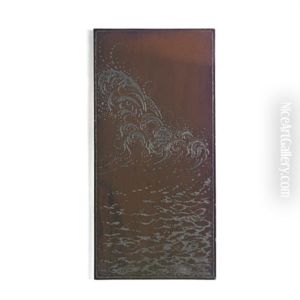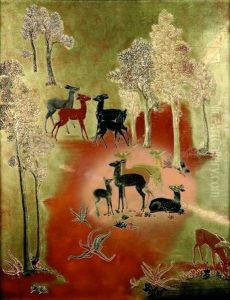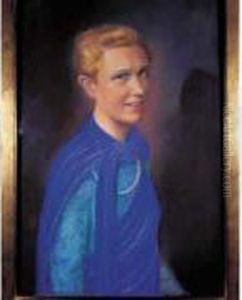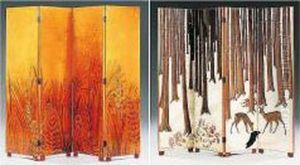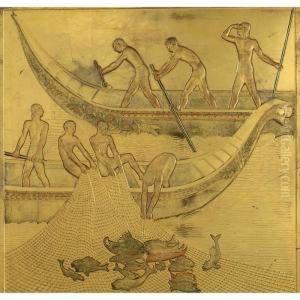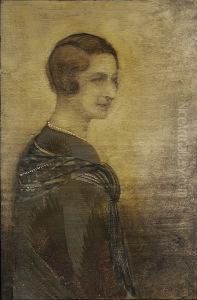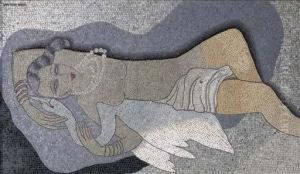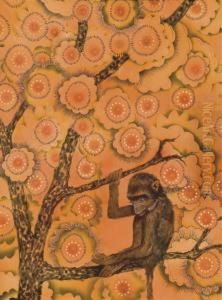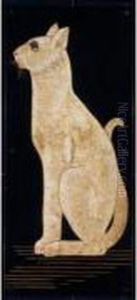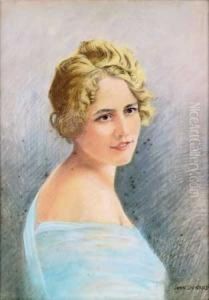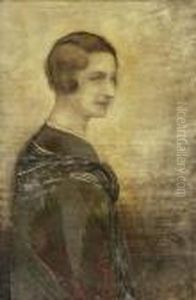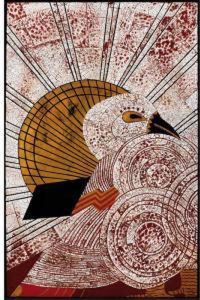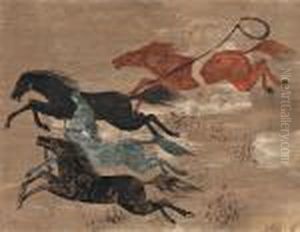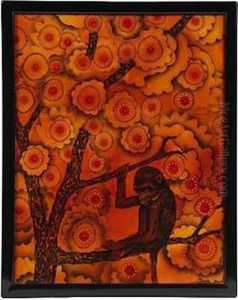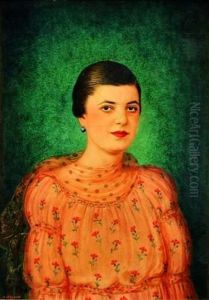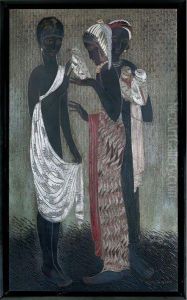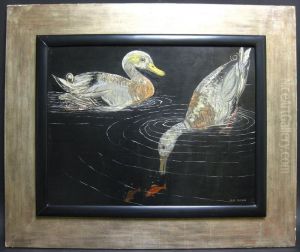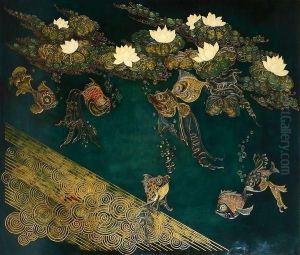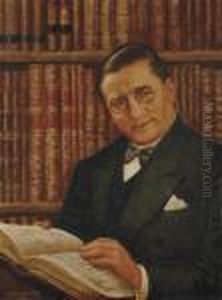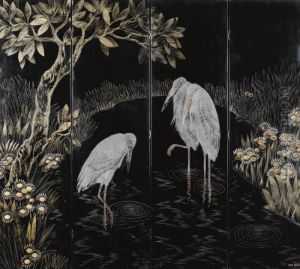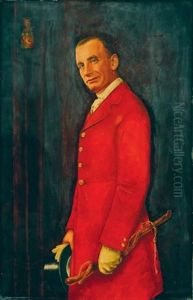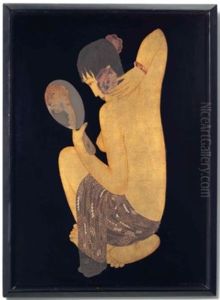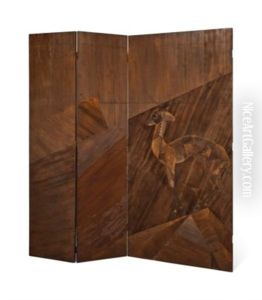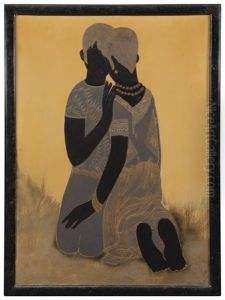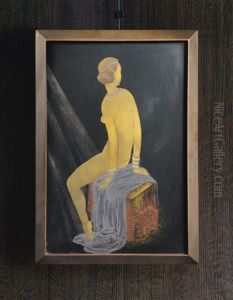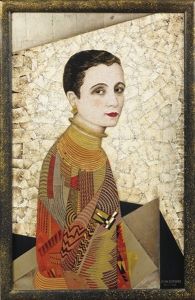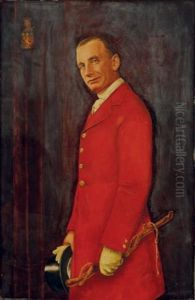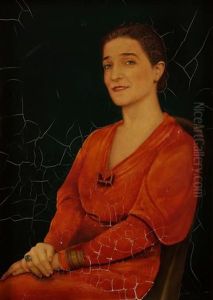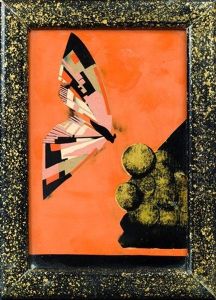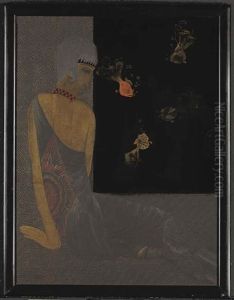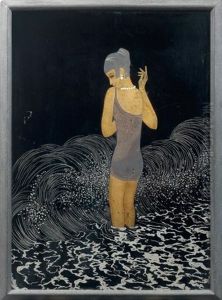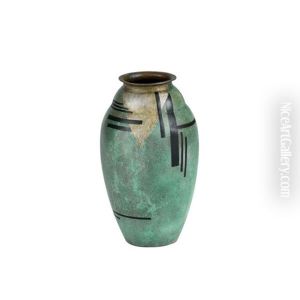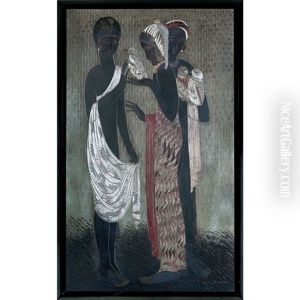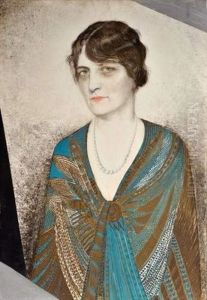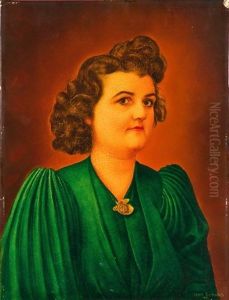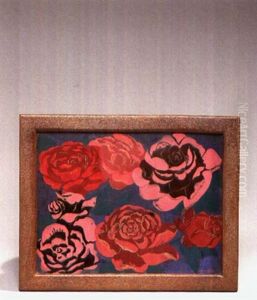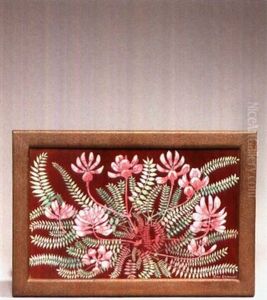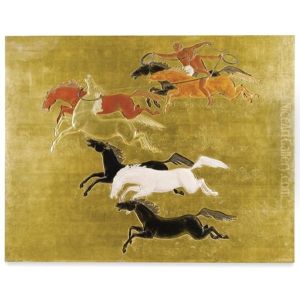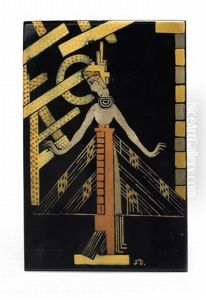Jean Dunand Paintings
Jean Dunand was an acclaimed Swiss artist and one of the key figures in the Art Deco movement. Born Jules John Dunand in Lancy near Geneva, Switzerland on May 20, 1877, he was originally trained as a sculptor and metalworker. His early work was influenced by the Arts and Crafts movement and Art Nouveau, but he is most famous for his later contributions in metalwork, lacquer, and interior design that came to epitomize the sophistication and elegance of the Art Deco style.
Dunand's talent as a craftsman led him to experiment with various materials and methods. In 1912, his career took a significant turn when he learned the art of lacquer from Seizo Sugawara, a Japanese artist living in France. This introduction to traditional Asian techniques had a profound impact on Dunand's work, and he became one of the foremost European experts in the medium. He adapted the lacquer techniques to suit his own aesthetic, creating objects, panels, and interiors that combined modernist geometric shapes with the lustrous quality of lacquer.
Throughout the 1920s and 1930s, Dunand's work was highly sought after by affluent clients and he participated in many important exhibitions, including the 1925 Exposition Internationale des Arts Décoratifs et Industriels Modernes in Paris, which gave the Art Deco movement its name. His collaborations with other prominent designers and artists of the era, such as Eileen Gray and Emile-Jacques Ruhlmann, further established his reputation.
Dunand's oeuvre encompasses a wide range of objects, including vases, jewelry, furniture, and monumental interior schemes. One of his most notable works is the 'Lacquered Room' he created for the private mansion of Solomon R. Guggenheim in New York. His work is characterized by the precision of its craftsmanship, its innovative use of materials, and its blend of modernity with the exoticism of the East.
Despite the decline in popularity of the Art Deco style after World War II, Dunand's work has remained influential and is celebrated for its enduring beauty and craftsmanship. Jean Dunand died on June 7, 1942, in Paris, but his legacy lives on through his contributions to the field of decorative arts and his impact on the Art Deco aesthetic.
